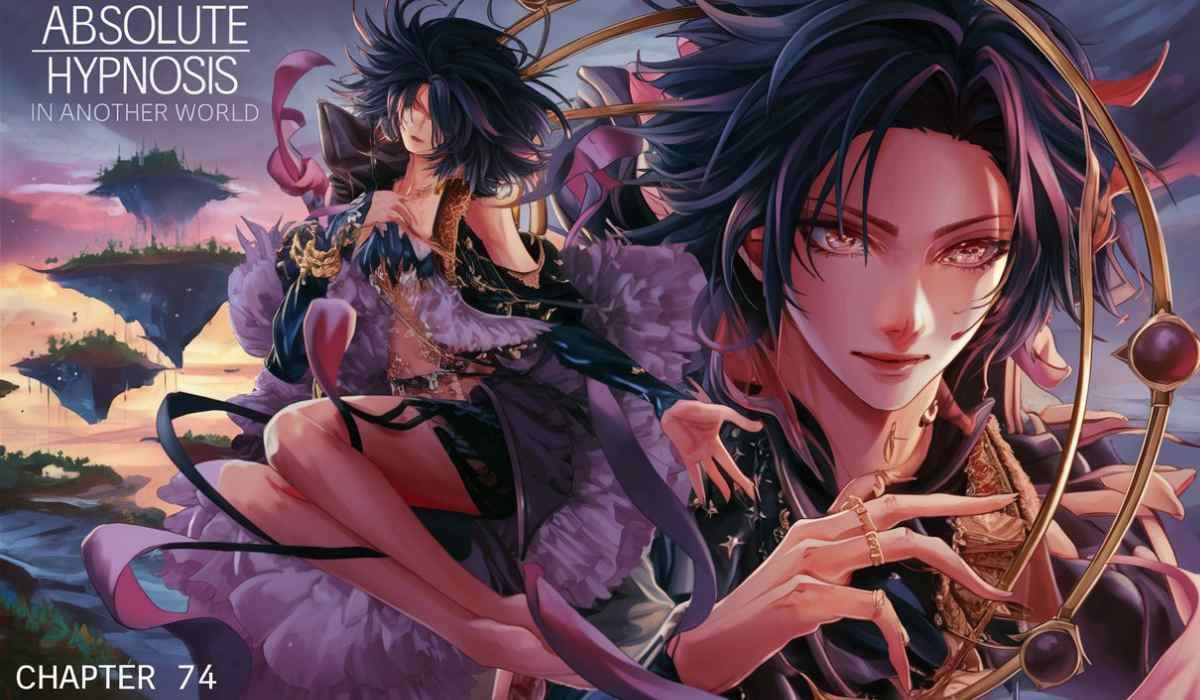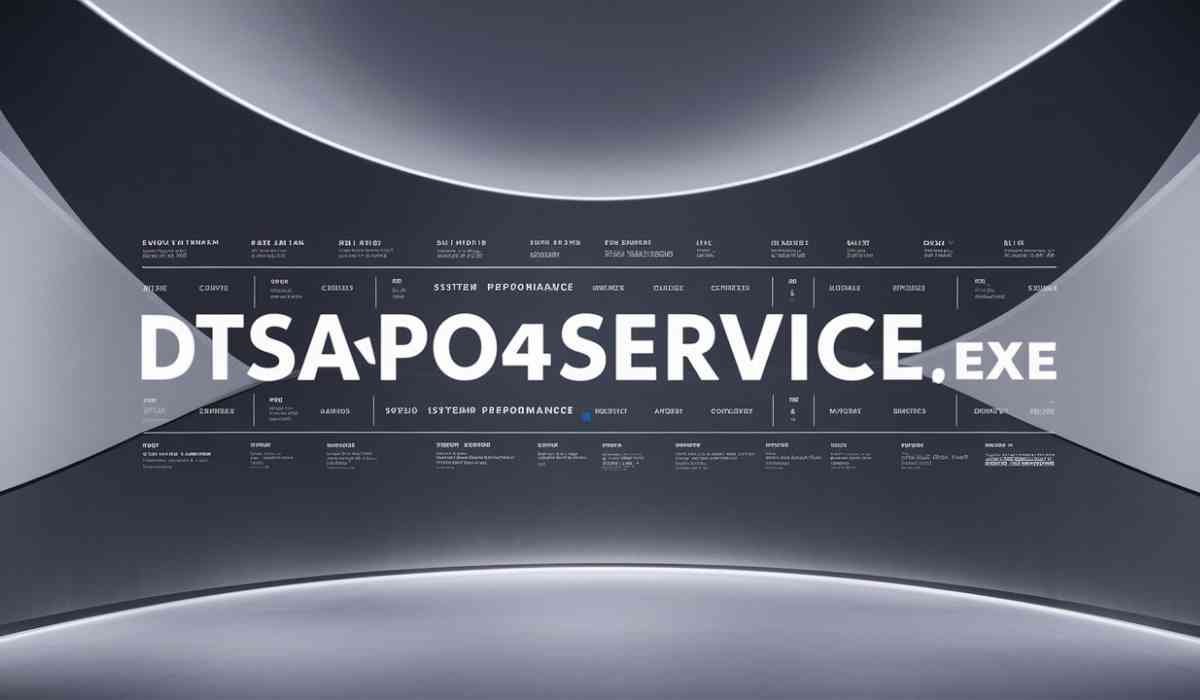Let’s talk about art! This reflection is not only of individual expression but also of culture and society. Art comes in all forms and shapes, and navigating the terminology can prove quite challenging, especially when discussing art movements. Art has brought people’s imagination to life through the ages, with each movement featuring unique characteristics. The oldest piece of rock dates from thousands of years and was crafted on the surface of a rock. Art has come a long way if you think digital pieces are now listed as works of art. You could touch and see the rock, but you can only see the digital image of the piece. However, this article doesn’t dive into digital art, but into contemporary art and the differences between it and other art movements. Do its features make it different?
We’ll just have to explore the ground to see!
First, let’s figure out what contemporary art is
The term contemporary art might not mean much to some of you, and in this case, it’s best to define it. Contemporary art refers to everything produced from the mid-20th century to the present day. Some art specialists use the term to refer to art created after World War II, but some experts use the term for the pieces produced after 1980. What makes it different from the other movements is that it isn’t bound to a medium or ideology and includes everything from painting to sculpture, installation, and digital media.
Its diversity is its defining feature because it reflects the complexities of contemporary life, environment, globalization, politics, identity, and technology. Contemporary art often encourages dialogue and challenges the views as questions about the norms and ethics they follow, but also about their own perspective.
Discussing
…cultural and philosophical context
If you know some things about art, you know that the Renaissance, Baroque, Romanticism, and even Modernism (which is the older brother of Contemporary art) were deeply rooted in cultural, historical, and philosophical contexts. Let’s take the Renaissance, for example; it celebrated realism, symmetry, and humanism and promoted the rediscovery of Roman and Greek ideas. Another example is Baroque, which reflected the drama and grandeur of the Catholic Church during the Counter-Reformation. Romanticism highlighted the ideas of individualism, nature, and emotion and sometimes even reacted to the Industrial Revolution.
But contemporary art isn’t rooted in a cultural or historical context; it’s a movement that thrives in the pluralistic world we’re living in. It doesn’t emerge from a single set of ideals but rather from a diverse, global landscape. Artists today engage with a multitude of voices, identities, and social issues. This makes contemporary art for sale online more reflective of the postmodern condition—fragmented, critical, and skeptical of grand narratives.
…form and medium
Other art movements are tied to specific media and formal techniques. Surrealism depicted dreamlike imagery, cubism explored geometric abstraction, and impressionism focused on brushwork and light in painting. But contemporary works aren’t concerned with form, they focus on concept. It uses the medium solely as a tool to express the idea, and many contemporary artists even take advantage of artificial intelligence and virtual reality to craft their works. Social media platforms are used as marketing platforms to engage with viewers and create communities.
Take Damien Hirst’s use of animals preserved in formaldehyde or Ai Weiwei’s politically charged installations using found objects. In this sense, the material becomes secondary to the message.
…the role of the artist
In earlier art movements, artists were often seen as craftsmen, masters of technique who created objects of beauty or devotion. Even the avant-garde artists of the 20th century, such as the Surrealists or Abstract Expressionists, aimed to explore psychological or philosophical ideas through their individual genius. Contemporary artists are usually viewed as interdisciplinary thinkers or cultural commentators because they don’t just create art and wait for someone to discover it. They have an active role, engage with their communities, organize events, and participate in activism supporting the causes with which they resonate. Artists like Banksy blur the line between art and social critique, while others like Marina Abramović turn their own bodies into performance tools, questioning the boundaries of art itself.
…audience engagement
The truth is that many traditional artists have been discovered late in their life or even after they died. Contemporary artists take their lives into their own hands and do their best to show their work to the world and get an appreciation for it. The viewer used to be a passive observer in the past, who only studied, admired, and was spiritually uplifted by art. But nowadays, art is interactive; the artist comes towards the viewer, and the viewer has an active role. The viewer is part of the work now by participating in the act of creation. This is especially true in performance art, immersive installations, and interactive media art. The audience is no longer just a spectator but a collaborator in meaning-making. For instance, Yayoi Kusama’s Infinity Mirror Rooms immerse visitors in endless reflections, while The Weather Project by Olafur Eliasson transformed the Tate Modern’s Turbine Hall into an immersive experience of light and mist, encouraging emotional and physical reactions.
…themes and subjects
Historical movements focused on themes like nature, landscape, religion, mythology, and still life. The modern movement explored psychology and abstraction. All these movements approached limited subjects and featured a singular tone. But, contemporary art has decided to embrace all subjects; there is nothing marginalized or tabooed. Topics such as gender, race, environmental crisis, capitalism, identity, and globalization are central. Artists like Kara Walker confront racism through silhouettes and installations, while JR, a French street artist, uses photography to give visibility to marginalized communities. These themes are urgent and timely, making contemporary art a platform for social discourse.
Let’s wrap it up
While historical art movements offer insight into specific eras, ideologies, and styles, contemporary art represents a kaleidoscope of human experience. It defies easy categorization, reflecting the complexity of modern life and the fluidity of global culture.
The key difference lies in intention and context: historical art often pursued beauty, order, or expression within defined movements; contemporary art questions those very pursuits, offering a space for conversation, provocation, and reflection instead.









